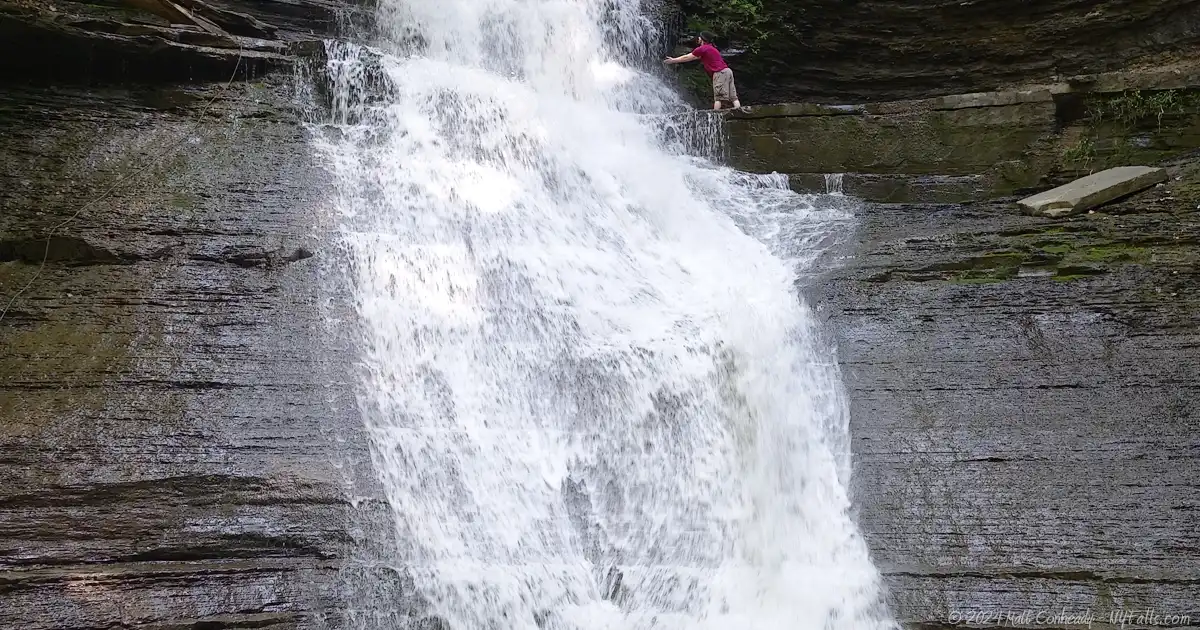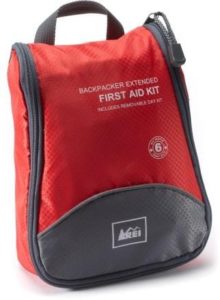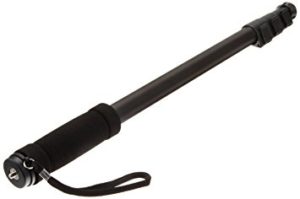Many of the waterfalls you can visit are located on undeveloped, untamed land. Despite the fact that many waterfalls are peaceful and wonderful sites, exploring them can be dangerous. People have been hurt hiking to and climbing waterfalls. Some have even been killed. So even if you think nothing can happen, the environment is so unpredictable, the chance of something happening if you visit a lot of waterfalls is considerable. It’s important to use caution when hiking and climbing to ensure you’ll be safe and well enough to enjoy the falls once you reach it.
Waterfall Exploration Safety

Here are some safety tips for your next outing
Dress appropriately
When hiking wear the appropriate footwear (no sandals, no bare feet). Don’t wear loose clothing that can snag on branches. If you plan on creek-walking wear shoes that you’re comfortable in when wet, and bring a dry pair of socks and shoes to change into when done. Strapping on a pair of crampons will give your shoes the extra needed grip for slippery creek-walks and waterfall climbing.

Hydrate
Drink before your hike, during your hike, and afterwards. There’s nothing worse than walking in the hot sun, getting to a refreshing waterfall and being too thirsty to enjoy it. Dehydration will reduce your stamina and lessen the overall experience. Invest in a high quality, durable water bottle or hydration pack. These are never a bad investment. Buy one to carry, and then one to store in your car.
Bring a snack
You don’t want to get halfway through the trail and run out of energy. In the worst case you don’t want to get stranded and have to eat grass. Bring an energy bar, fruit snacks or anything with high calories from carbs.
Know the trail
Have some knowledge of where you’re going. Either have a map, a guide or log to help you get to where you would like to go. Some of these destinations are surrounded by large areas of wilderness, and getting lost is no fun. Use a trail and stay on it.
Know your area
Before heading out, know where you can obtain medical attention if needed. Research for dangerous wildlife in the area. Know if hunting is allowed in the area.
Know the season
This includes the weather. If there’s going to be heavy rain it’s best not to creek-walk in a narrow gorge. High rain and deep, narrow gorges lead to flash flooding. Rain also makes mud, making trails slippery. It’s obvious to look out for ice in the winter, and mud in the spring. Summer usually brings slippery algae to creek beds. Be careful of hunters in hunting seasons.
Don’t go alone
If you are going to be hiking or climbing, the best advice I can give you is to bring someone along. If you fall, become injured or are lost, having someone with you can not only save your life, but also save your sanity.
Leave the pets at home.
Be a responsible pet owner and a responsible hiker. Do not bring your dogs on gorge hikes. Dogs are not strong climbers. Dogs are banned on most gorge trails–for our safety and theirs! You don’t need to bring your dog everywhere you go, and you really should not be taking them on risky hikes. Pet gorge rescues are a frequent occurrence that puts rescue teams at risk and costs taxpayers money. If you decide your pet needs to climb that waterfall so they can cross it off their bucket list, use a leash. If you can’t be a responsible pet owner, please don’t be a pet owner.

First aid
In the event that something does happen and you or a member of your party is injured, it’s best to have a first aid kit, either on you or in your car.
Cell phone
Even though a lot of these areas do not get cell phone reception, play it safe and bring your phone anyway.
Don’t carry too much
If you are climbing or navigating a dangerous area, it’s not the time to be holding your camera, getting out your sunglasses or swigging from your water bottle. You may need those hands to be free. Store it away in your pocket or bag, clip it to your belt – just keep your hands free for balancing, breaking your fall, or hanging on for dear life if something happens. The only thing you should be holding on a tough hike is a reliable walking stick.
If it looks dangerous, it probably is
See a slippery ledge? …a difficult to climb waterfall? …a very steep trail down a gorge? Don’t risk it. This is where people get hurt and have to be evacuated.
 Use a walking stick/pole
Use a walking stick/pole
It’s either one you find on the ground or one you purchased. A walking stick can reduce fatigue and help you keep your balance. I also use it to fend off an aggressive animal if attacked. It is not recommended that you use dual walking poles on rough hiking trails. Keep one hand open to catch yourself if you fall. For those that also lug around a camera, you can use a hybrid monopod walking stick.
Watch where you walk
When walking a trail, keep your eyes on the trail and off the map, GPS, camera or anything else. These trails are not always smooth and predictable. Stones and roots will always become obstacles, while some sections of the trail may be destroyed or fallen over the gorge. Be careful of sections of the trails covered by leaves. You have no idea what’s below the leaves.
 Obey the signs
Obey the signs
If a sign says “do not pass,” “danger,” “posted” or any other caution, obey it. It’s there for a reason.
Be careful of overhangs. Rock cleavage and slippage usually happen in winter and spring, but rocks or trees can fall on your head at anytime. When you’re walking in gorges, if safety allows, stay away from the gorge walls. Keep your eyes and ears open.
Be overly cautious
Just because you’re on a trail doesn’t mean the trail is safe. Just because you are in a park doesn’t mean the park is safe. A cell phone doesn’t guarantee safety. First aid kit doesn’t prevent death. Be careful and cautious for you and those that you are with. So you and others can continue to enjoy these sites, you must be careful not to put yourself in danger of losing your life.
10 Must-Visit Waterfalls In New York State
A selection of the most popular and accessible waterfalls around the State of New York. From Niagara Falls in Western NY to Kaaterskill Falls in the Hudson Valley Region.



 Use a walking stick/pole
Use a walking stick/pole

